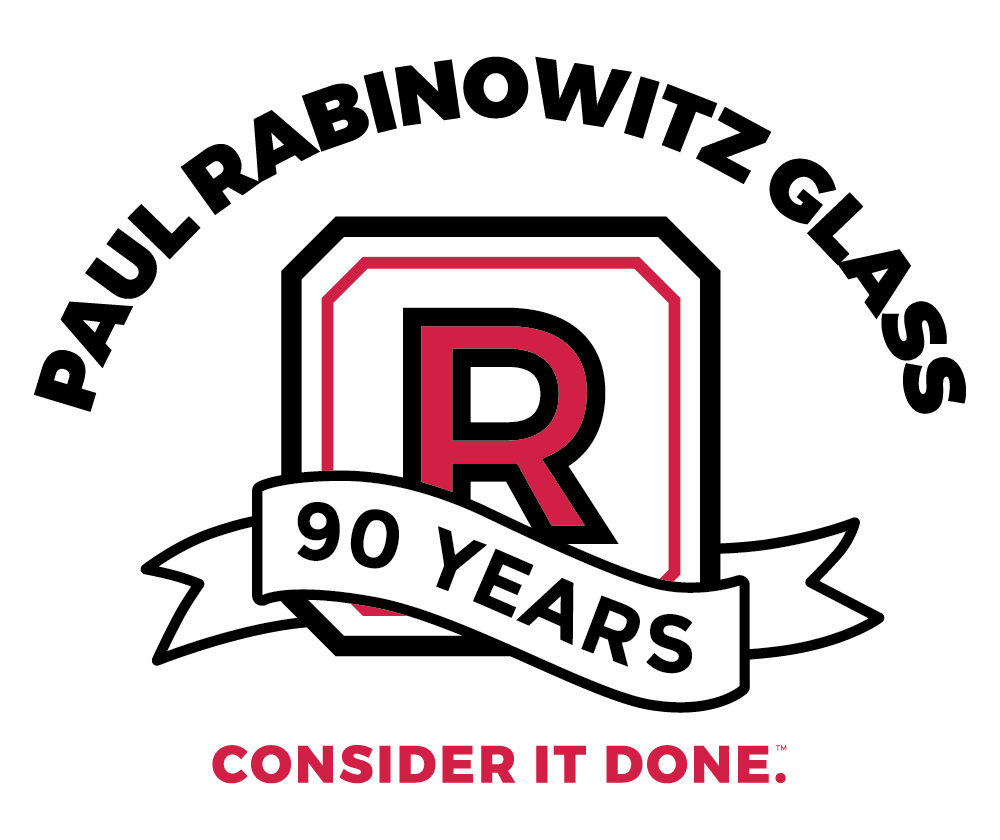The first revolving door was invented in 1888 with the goal of preventing wind, snow, rain, dust, or noise from entering buildings. The original patent application was filed by Theophilus Van Kannel of Philadelphia. (He was granted U.S. patent 387,571 for a three-wing “Storm-door structure” on August 7, 1888.)
While Kannel’s design for revolvers featured three wings or chambers that would allow people to pass through, the most often used design is a four-wing revolver. Additionally, revolving doors can feature just two wings or chambers.
Revolving doors provide opportunity for increased traffic while minimizing the ability of people to run into each other. In one hour, a standard four-wing revolving door allows for the movement of up to 4,800 people into and out of a building. Revolving doors are usually seen in large buildings, and it’s these same buildings that account for18.6 percent of America’s total energy costs.
Revolving doors have, over the past two decades, met the security requirements of both Fortune 500 companies and airports.
Revolving doors, or revolvers, have a lot of benefits. Here, we’ll explore some of those benefits, including energy savings, an enhanced user experience, and lobbies that are quieter, cleaner and more beautiful.
Energy Savings
Because revolving doors are both always open and always closed, they provide the least possible amount of air infiltration.Swinging doors exchange eight times more air than revolving doors.
In “Modifying Habits Towards Sustainability: A Study of Revolving Door Usage on the MIT Campus,” MIT researchers considered the effects of revolving doors at several of locations on campus.
Revolving doors are only effective when they are used, and the researchers at MIT found a usage rate of approximately 68 percent. The average daily cost of energy due to air leakage at MIT was $13.10 during the winter, but a 75 percent usage rate of revolving doors drops the cost to $7.66. If the doors saw 100 percent usage, the daily cost of energy would drop to $2.83.
Based on these findings, two revolving doors at one building could save approximately $7,500 per year in natural gas used to heat and cool. That’s a savings of nearly 15 tons of CO2 emissions.
While revolvers have been traditionally considered a cold-climate solution, they’ve become an increasingly popular entryway product in warmer climates, as it’s just as important to keep conditioned air in a building as it is to keep heated air in a building.
More Beautiful, Quiet, Cleaner Lobbies
Revolving doors have other great benefits, including less space usage and better safety. Revolving doors do not require the same kind of space that traditional manual, or “swing,” doors require, and they’re also safer than traditional doors, which can slam closed on users. The chamber style of revolving doors also provide for a cleaner, more quiet lobby since they don’t open directly to wind and street noise.
Increased Safety
Revolvers can be much safer than traditional manual swing doors. Revolving doors that require users to push through max out at approximately 12 revolutions per minute, with canopy- or floor-mounted controls to keep them from spinning out of control. Automatic revolving doors are built with a series of active and passive sensors that keep them safe.
Enhanced User Experience
The ease with which patrons can enter your building when you use revolving doors will make them happy customers. The investment in powered doors demonstrates that your company cares about the patron’s convenience, said Donald Moerbe, president of the American Association of Automatic Door Manufacturers, to Buildings.com. These entrances can be especially helpful in positioning your company as a competitor for the business of senior citizens.
The Challenge of Increasing Usage
With as many benefits as revolving doors offer, it’s a no-brainer to install them or retrofit your building with revolvers, but it’s not always such a no-brainer for users to pass through them instead of using a manual or swinging door.
Andrew Shea from Good magazine wrote “How To Hack Big Energy Savings With a Simple Sign and a Revolving Door,” based on his own non-scientific experiments and observations. When there are revolving doors and swinging or manual doors in close proximity, people will follow the flow of traffic unless redirected by someone or something like a sign. Shea observed roughly 28 percent of people using revolvers when most traffic flowed through the swing doors into major buildings in Manhattan. Surely, manual doors are crucial for allowing building access to the disabled and to those bearing large deliveries, but “our country could decrease the $68 billion we spend on heating and cooling every year if the rest of us used revolving doors,” Shea wrote.
Using three different signs, Shea tested the impact of signs on the flow of traffic through revolving doors on Columbia University’s campus. He found that the bigger the sign, and the more closely aligned it is with the building or organization’s branding, the more effective it was. So a two-foot arrow in Columbia’s royal blue that points to the revolving doors and says “Please use revolving doors,” is more effective than a small orange sign with the same script.
Interestingly, the energy savings from using revolvers aren’t linear. You’ll see greater savings when you increase revolving door usage from 50 to 75 percent than you’ll see increasing usage from 25 to 50 percent. And so anything you can do to increase usage of your revolving doors, especially later efforts, will really pay off.
